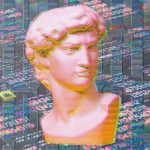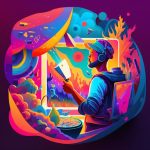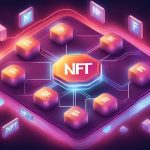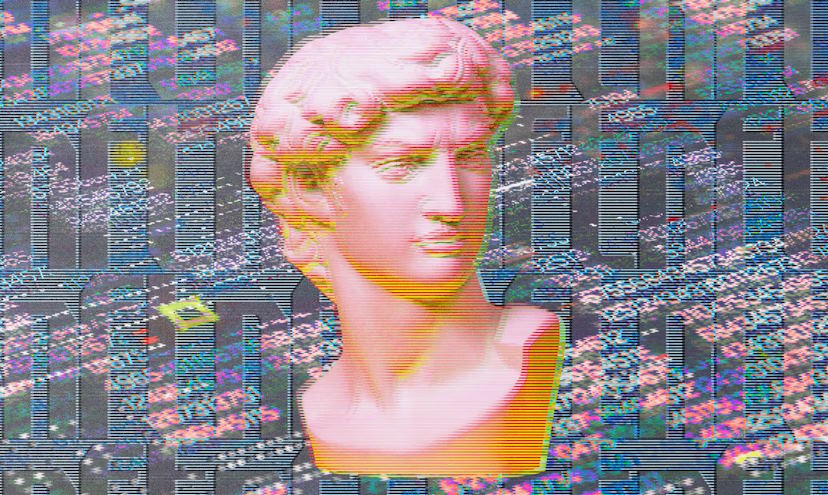
In the corridors of the art world, where centuries-old traditions have often dictated the flow of creativity and commerce, the emergence of NFTs has sparked a paradigm shift. Traditional art markets, with their intricate networks of galleries, auctions, and established hierarchies, now find themselves at the crossroads of innovation and tradition.
NFTs in the Art World
NFTs as a Game-Changer
- Democratization of Art Ownership: NFTs have ushered in a new era of inclusivity in the art world, breaking down barriers that traditionally limited art ownership to a select few. Through fractionalized ownership facilitated by NFTs, art enthusiasts can now own a share of coveted masterpieces, democratizing access to the world of high art. This shift challenges the conventional notion that art is exclusively for the elite, opening the gates for a more diverse and widespread community of art patrons.
- Expanding the Reach of Artists: NFTs empower artists to connect directly with their audience, unencumbered by the traditional gatekeepers of the art industry. Emerging and established artists alike can leverage NFT platforms to showcase and sell their work globally, eliminating geographical constraints. This newfound accessibility enables artists to gain recognition beyond the confines of traditional art hubs, fostering a more decentralized and diverse artistic landscape.
Success Stories and Notable Examples
- High-Profile NFT Sales: The art world witnessed a seismic shift with high-profile NFT sales capturing headlines. From digital artwork by Beeple fetching millions to iconic moments like Jack Dorsey’s tweet being tokenized, these transactions highlight the growing acceptance and value of digital assets in the art market. Such sales not only redefine the parameters of artistic value but also serve as a testament to the transformative potential of NFTs.
- Impact on Emerging Artists: NFTs provide a lifeline for emerging artists, offering a direct route to market and financial independence. Platforms like OpenSea and Rarible have become virtual galleries for budding talents, allowing them to monetize their creations and gain visibility without the need for traditional intermediaries. This democratization of exposure and income has the potential to reshape the trajectory of artists’ careers, fostering a more meritocratic art ecosystem.
Critiques and Concerns
Environmental Concerns
- Energy Consumption of NFTs: While NFTs revolutionize art ownership, concerns have arisen regarding their environmental impact. The process of minting and trading NFTs, often reliant on energy-intensive blockchain networks like Ethereum, has sparked debates about the ecological footprint of digital art. Artists and platforms are under increasing pressure to explore eco-friendly alternatives and contribute to the broader conversation on sustainable blockchain solutions.
- Sustainability in the Art Industry: The traditional art industry has long grappled with issues of sustainability, from the materials used in physical artworks to the carbon footprint of transporting and exhibiting pieces. The integration of NFTs introduces a new layer of complexity. Striking a balance between technological innovation and environmental responsibility is paramount for the art world’s sustainable evolution.
Market Speculation and Volatility
- Risks and Challenges for Investors: The rapid rise of NFTs has attracted a wave of speculative investment, raising concerns about market stability. Investors, driven by the potential for quick returns, face the inherent risks of a nascent and often unpredictable market. As the NFT landscape continues to evolve, managing and mitigating these risks becomes crucial for participants seeking long-term value.
- Impact on Art Valuation: The traditional art market has long relied on established methods for valuating artwork, including factors like provenance, historical significance, and critical acclaim. The introduction of NFTs introduces a layer of complexity, challenging traditional valuation models. The volatility of NFT prices and the speculative nature of some transactions pose challenges to the conventional understanding of art as a stable investment. Balancing innovation with the preservation of art’s intrinsic value requires careful consideration and adaptation within the industry.
Synergies and Collaborations
NFTs and Traditional Art Galleries
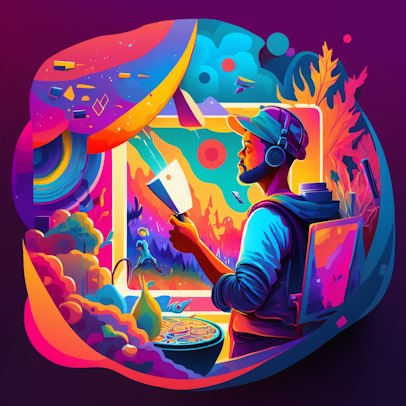 Hybrid Models of Art Sales: The convergence of NFTs and traditional art galleries has given rise to innovative hybrid models of art sales. Galleries are increasingly incorporating digital art represented as NFTs alongside physical exhibitions, offering collectors a diverse range of artworks to engage with. This hybrid approach not only caters to the evolving tastes of art enthusiasts but also positions galleries as dynamic hubs embracing the digital transformation of the art world.
Hybrid Models of Art Sales: The convergence of NFTs and traditional art galleries has given rise to innovative hybrid models of art sales. Galleries are increasingly incorporating digital art represented as NFTs alongside physical exhibitions, offering collectors a diverse range of artworks to engage with. This hybrid approach not only caters to the evolving tastes of art enthusiasts but also positions galleries as dynamic hubs embracing the digital transformation of the art world.- Opportunities for Collaboration and Innovation: NFTs present a unique opportunity for collaboration between artists, galleries, and collectors. Traditional art galleries can collaborate with digital artists to curate NFT collections, providing a bridge between the physical and digital realms. This collaboration fosters innovation by pushing boundaries, creating immersive experiences, and expanding the narrative of what art can be. As NFTs gain legitimacy in the traditional art space, the symbiotic relationship between galleries and digital artists opens new avenues for creativity and revenue streams.
Integrating NFTs into Auction Houses
- Hybrid Auction Models: Auction houses are adapting to the NFT wave by integrating digital assets into their traditional auction models. Hybrid auction events now feature both physical and digital artworks, creating a dynamic marketplace that appeals to a broad spectrum of collectors. This integration not only expands the reach of auction houses but also reflects the evolving nature of art transactions in the digital age.

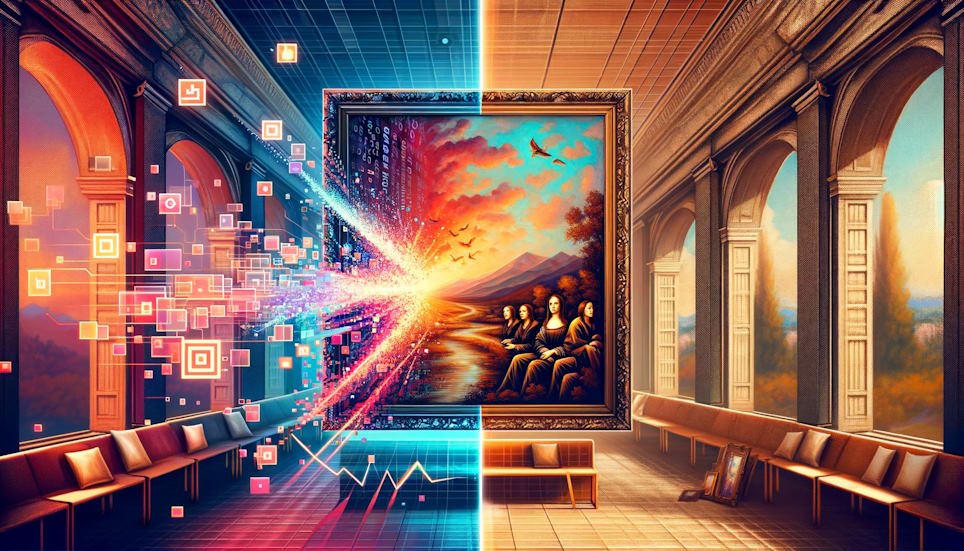
 Navigate the crypto and NFT landscape with ShareNFT. From investment tips to technological advancements, we unravel the complexities of blockchain. Empower yourself to make informed decisions in the dynamic world of digital finance.
Navigate the crypto and NFT landscape with ShareNFT. From investment tips to technological advancements, we unravel the complexities of blockchain. Empower yourself to make informed decisions in the dynamic world of digital finance. 